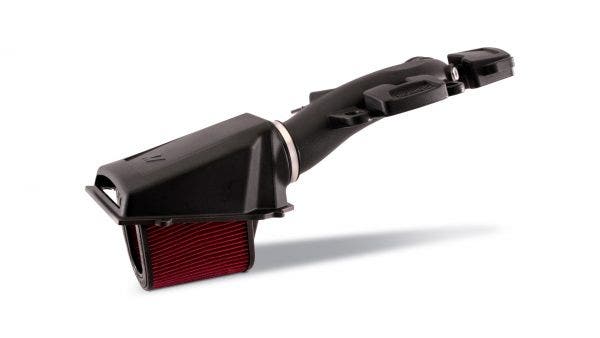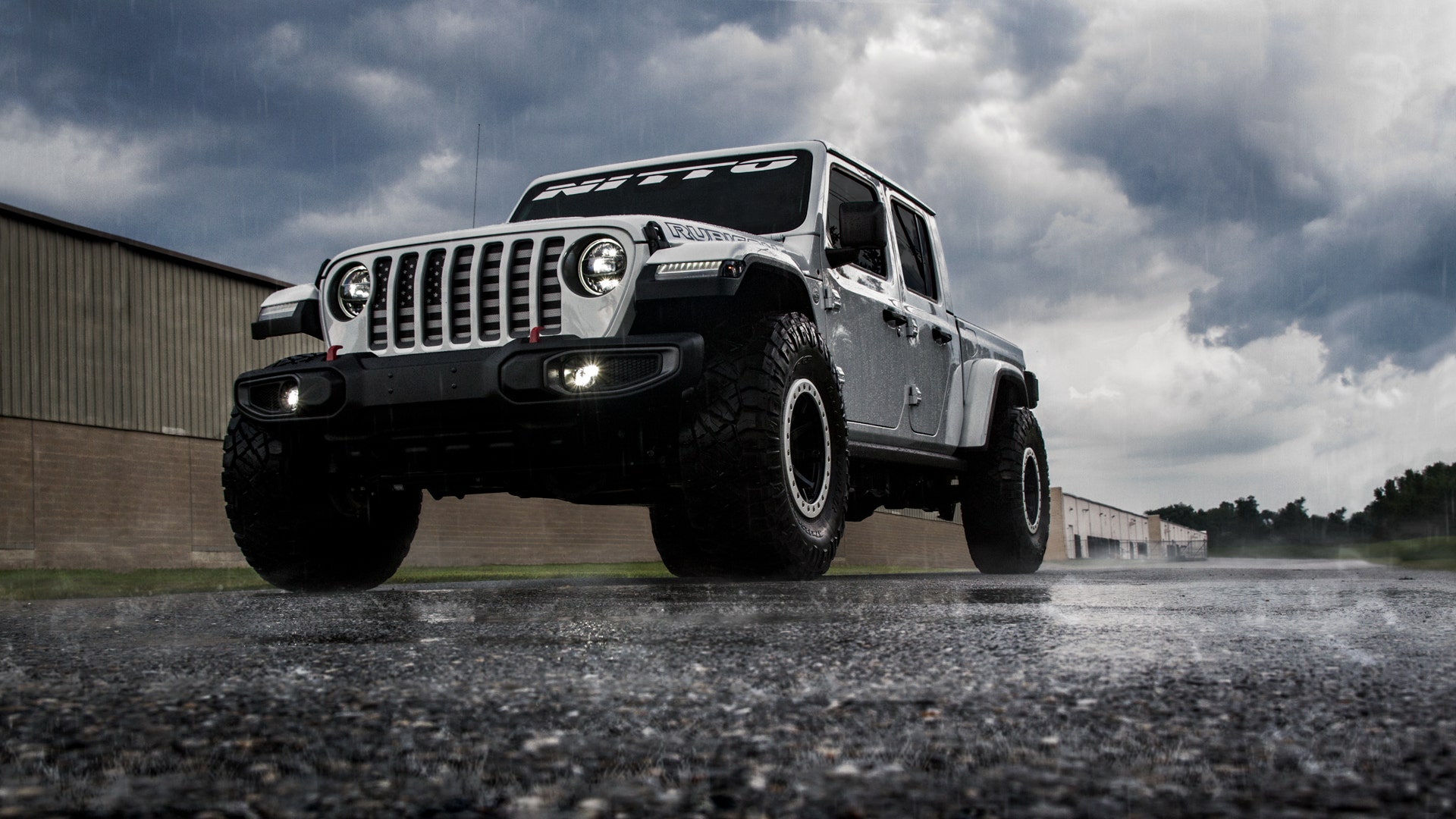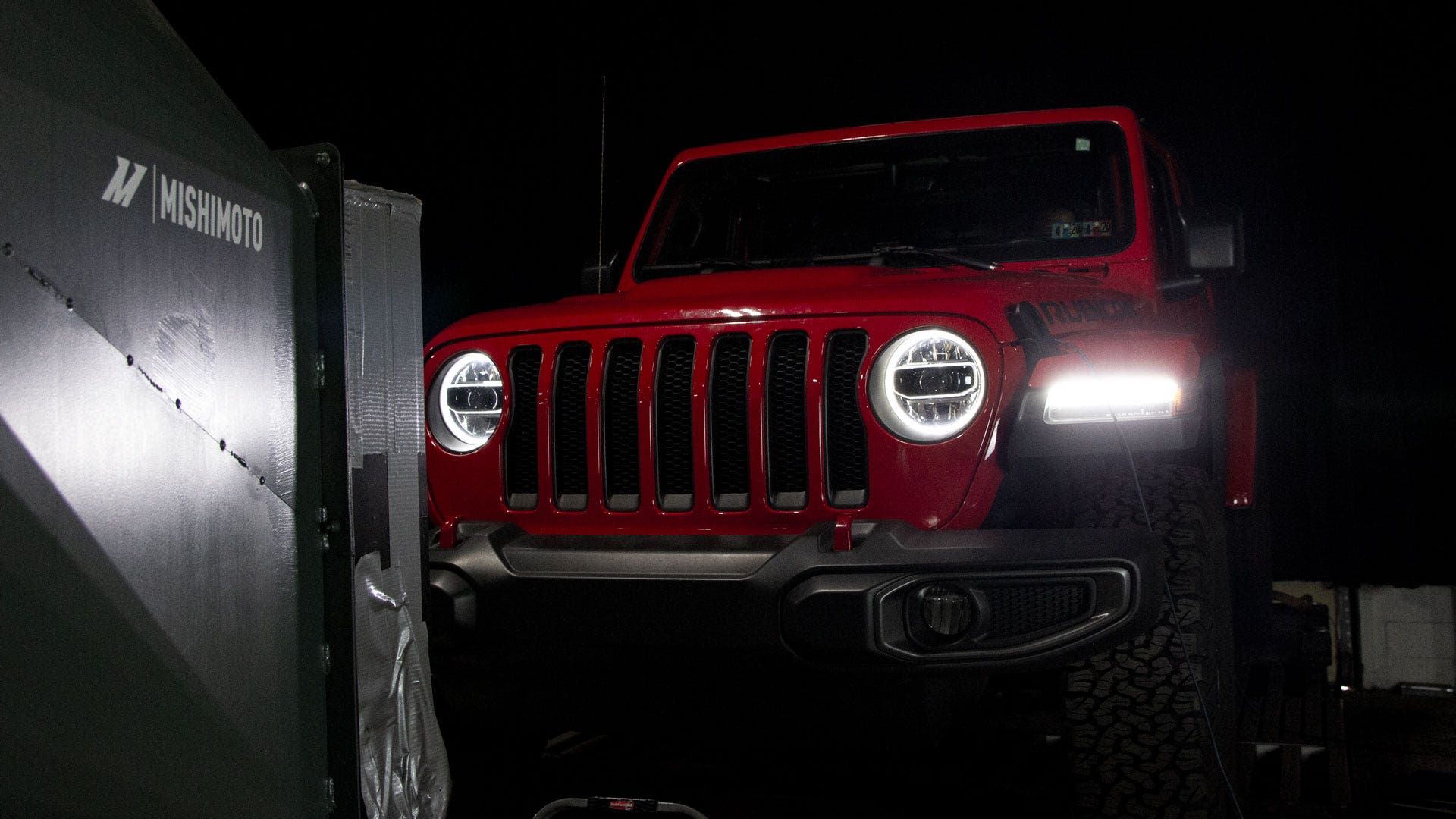
Breathing Fresh Air - Intake R&D: Simply Power
As automotive technology advances and manufacturers try to squeeze more power out of every drop of fuel, forced induction (specifically turbocharging) is becoming increasingly prevalent. But, while forced induction can make a 4-cylinder as powerful as an engine twice its size, nothing compares to a naturally-aspirated engine's linear powerband. Natural aspiration is power in its purest form - a one-to-one connection of right foot and forward motion.
For many Jeep enthusiasts, the simplicity of natural aspiration has kept them loyal to the 3.6L Pentastar V6 in their 2018+ Wrangler JL or 2020+ Gladiator. That simplicity also makes modifying an N/A engine straightforward. Unlike modern turbocharged systems that usually require a tune to gain power from bolt-on modifications, N/A powerplants benefit tremendously from anything that improves airflow to or from the engine. One of those simple modifications that many enthusiasts install is an intake. While intakes on turbocharged engines usually just increase turbo sounds, a well-tuned intake on a naturally-aspirated engine can make significant power.
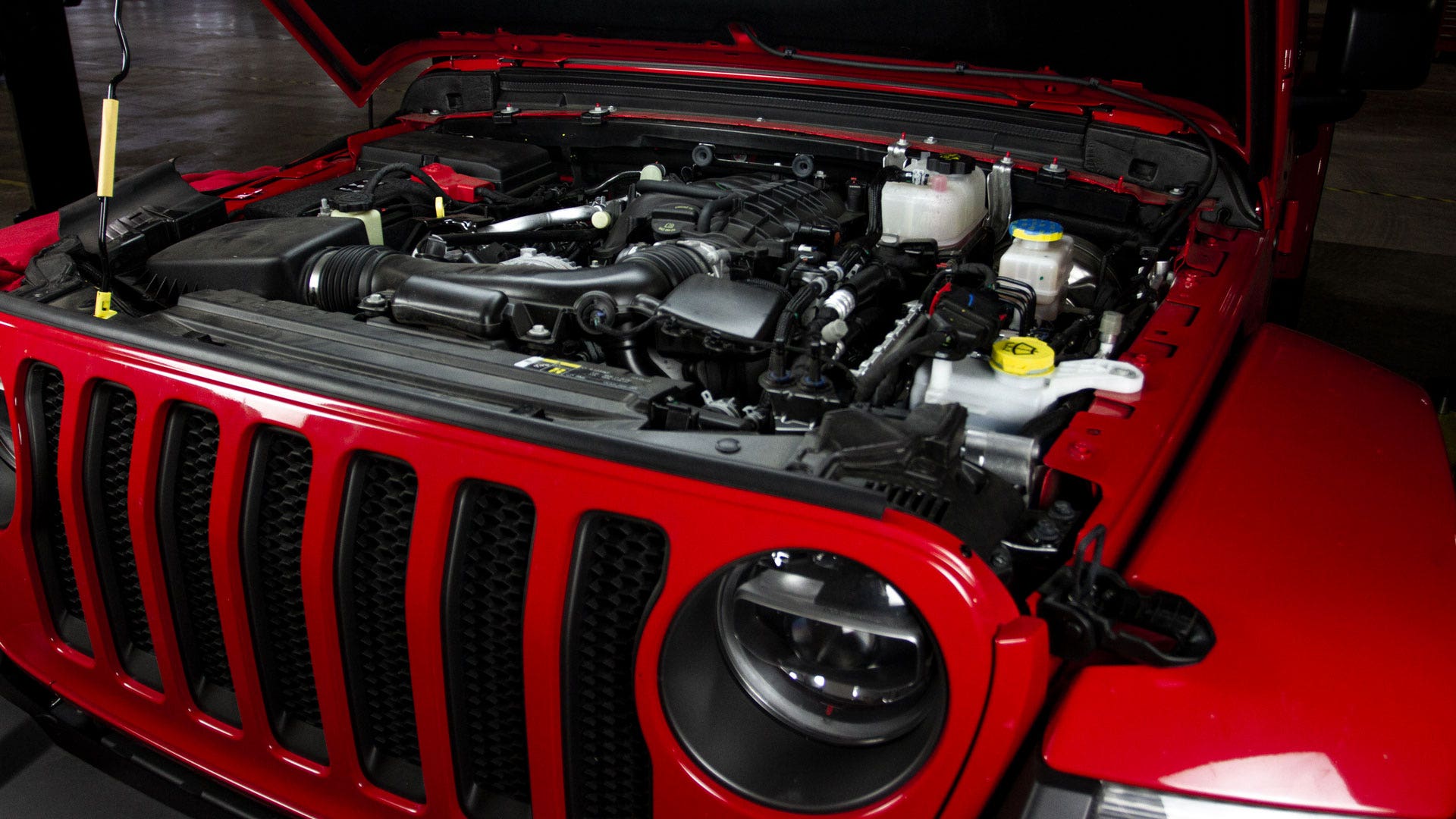
At Mishimoto, we recognize the love for the simple 3.6L Pentastar and, while we were developing our 2.0T intake, we decided to apply our skills to its 3.6L counterpart. The 3.6L intake shares a similar design to the 2.0T intake, but with fewer components. Because the EVAP and CCV systems are less complicated, the 3.6L intake doesn't need the complex coupler found at the end of the 2.0T intake. Instead, the 3.6L intake is simply an airbox and tube with a port for the EVAP system and a temperature sensor. The airbox lid is nearly identical to the 2.0T lid, only without the EVAP venturi. These similarities mean we'll be able to apply our experience from the 2.0T development directly to the 3.6L, with minor modifications.
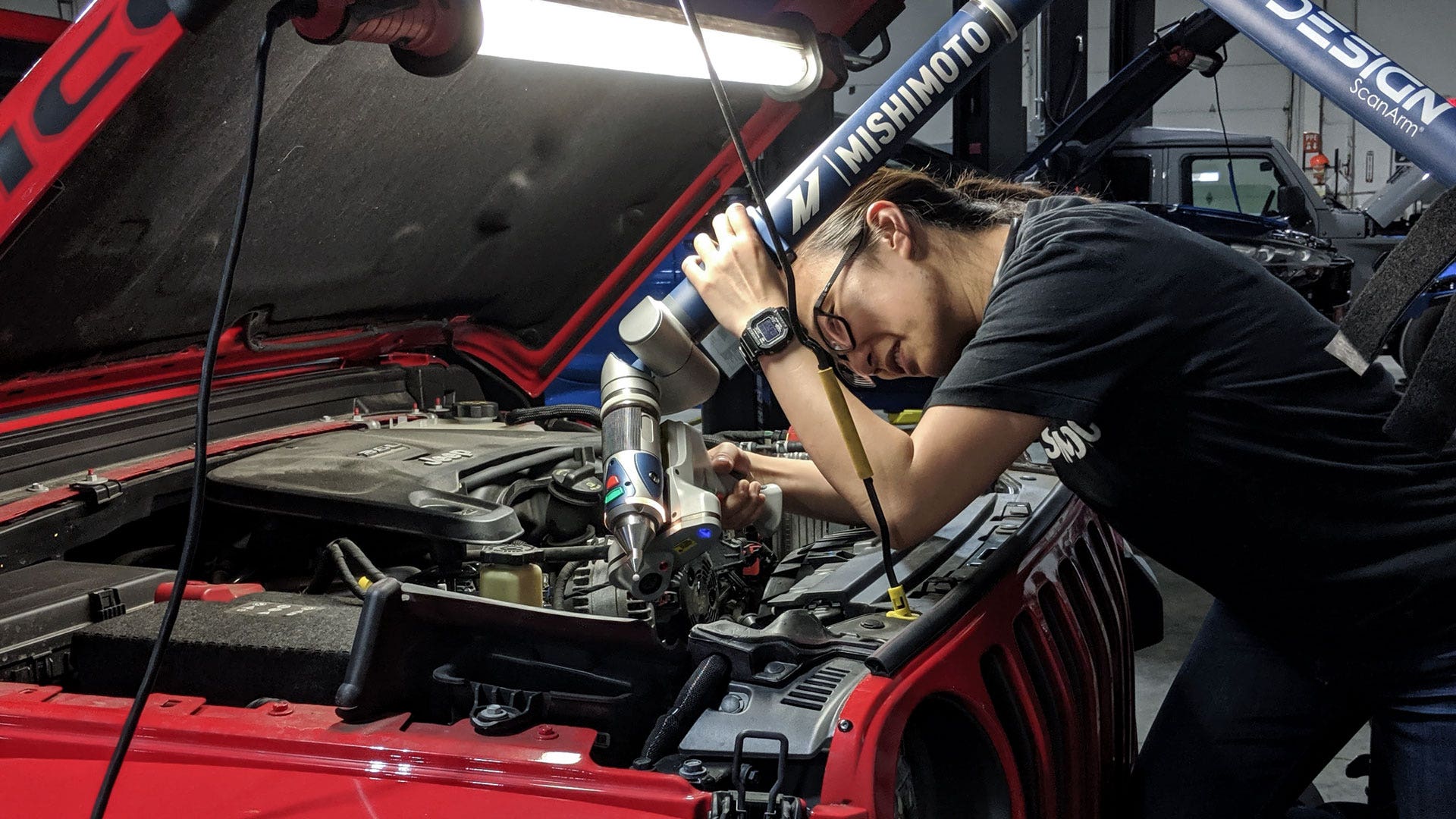
Just like the 2.0T, development on the 3.6L required an analysis of the stock parts. We started by 3D scanning under the hood to map out the available space for our upgraded intake. As the red light of the scanner passed over the engine bay, it rendered a 3D model that we could use for a digital test fit later. With the scans of the engine bay complete, we could move on to flow testing the stock intake.
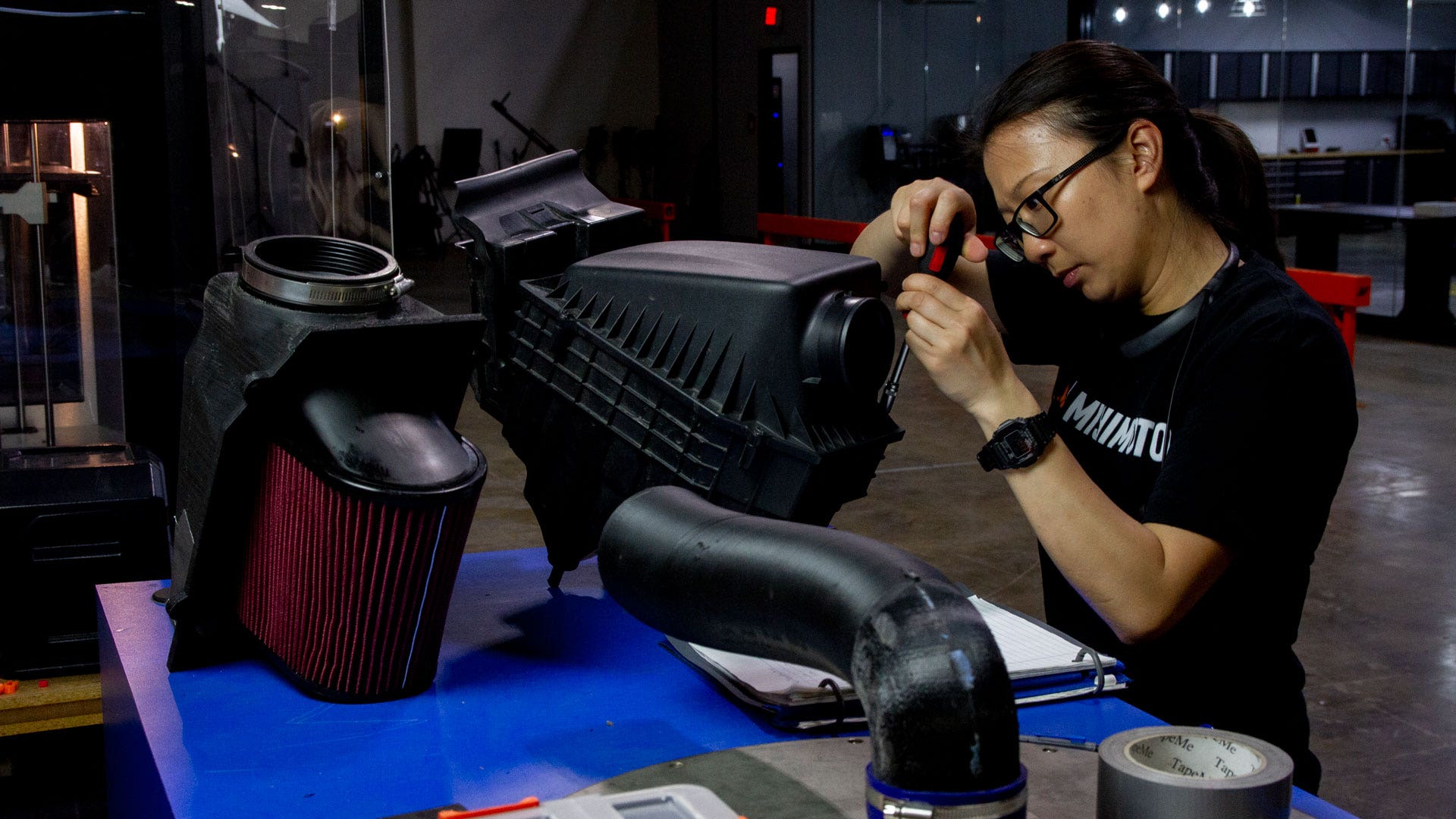
Flow benching the 3.6L intake was a more straightforward task than the 2.0T. With only two main components, we didn't need to measure individual components. We knew we were going to improve everything. Special attention was taken to the resonators on the tube, however. Like the 2.0T intake, the 3.6L uses two resonators to improve the engine's volumetric efficiency at specific RPM ranges. To learn more about how these resonators work, check out our 2.0T intake development. Ye quickly finished the flow-bench test and began designing our performance replacement.
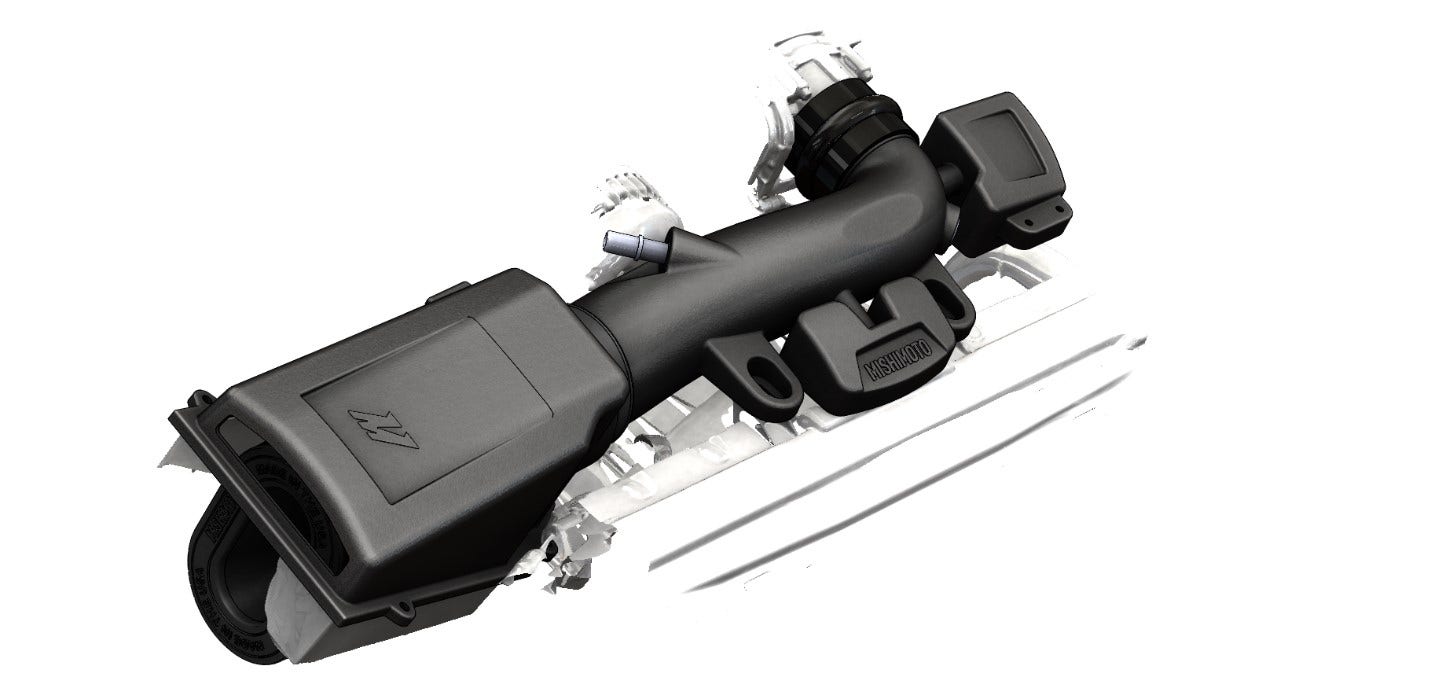
The next step in the process was to create a 3D-printed prototype that we could test fit and run on the dyno. Ye applied her knowledge from the 2.0T intake to size the resonators, but to be safe, we also printed different sizes for testing. We repeated the flow bench test and found that our design flowed about 30% better than the stock intake. We then installed the prototype onto the JL and proceeded to the dyno test. We left the resonators off for our first test to give us a baseline, then tested each resonator combination to find the most powerful setup. At this point, you're probably dying to know how much power the prototype made, but you're going to have to keep reading to the end. As we found with our 2.0T intake and intercooler pipe, the 3D printed design never flows as well as the final product, so our results on the dyno were simply a confirmation that our intake performed better than stock.
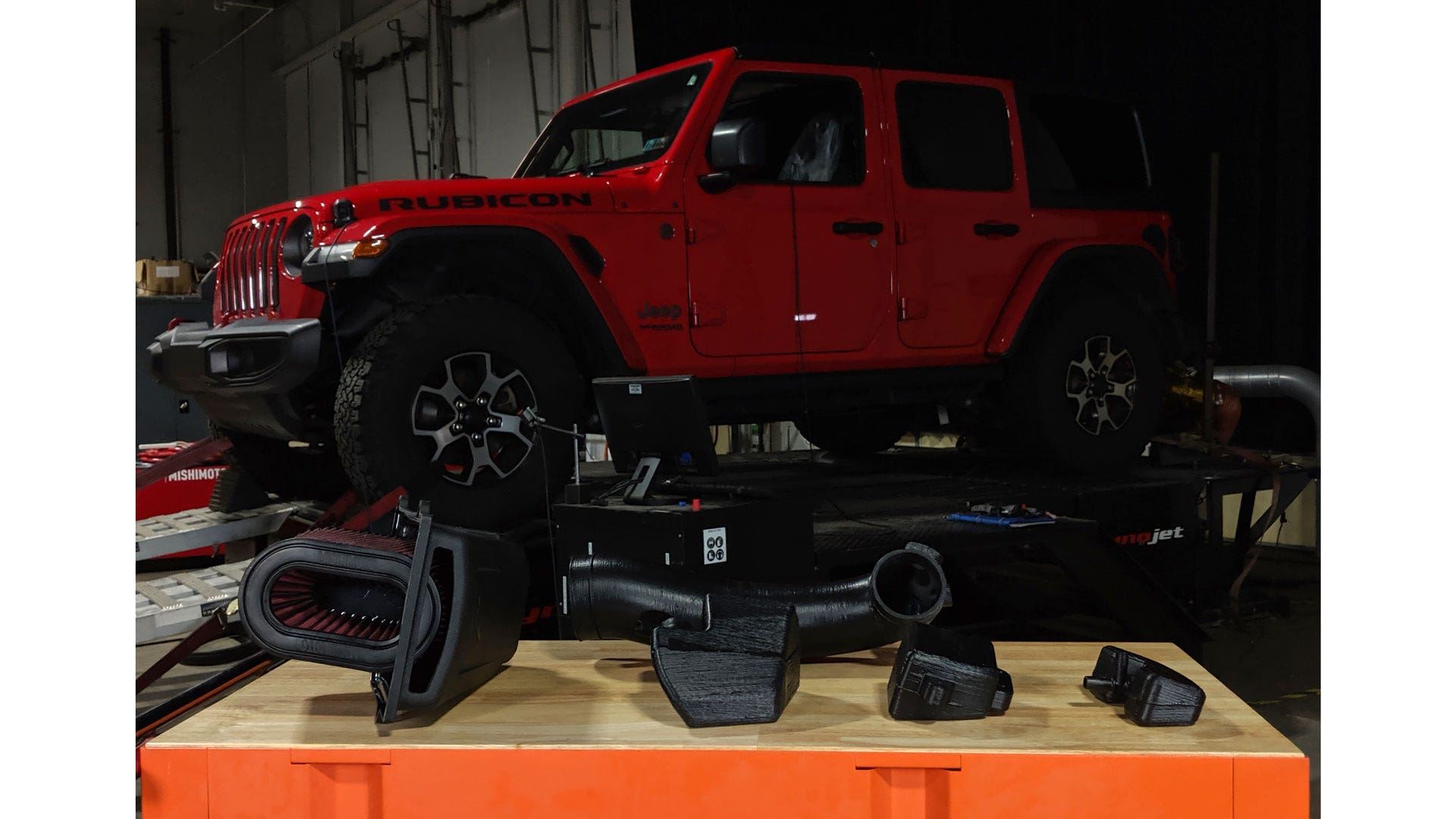
With prototype testing complete, we finalized our design and began creating a production sample. Like our 2.0T intake, we're making our 3.6L intake from rotational-molded plastic. This process lets us create intricate forms with tight tolerances. The cross-linked polyethylene plastic will also insulate the intake air from the hot engine bay far better than steel or aluminum. After a few weeks of production and tweaking our methods, we had a product sample ready to test.

Ye brought our volunteer Rubicon back into the shop and removed the stock intake. The first test fit of any production sample is exciting. Still, this test fit was especially unique as, in addition to our volunteer Wrangler, we were also able to get our hands on a brand new 2020 Gladiator that already had some tasteful mods done. We removed the stock intake from both vehicles and installed our production sample. Thanks to our precise 3D scanning and Ye's meticulous design, our sample fit perfectly in both the Wrangler and the Gladiator.
For the last round of testing, we moved back to the dyno. Ye ran the Wrangler through a few warm-up runs to make sure the engine was up to temperature and as close to road conditions as possible. We then started the power runs. With any intake we produce, we take multiple runs to make sure the engine's computer (PCM) has accounted for the new airflow - a time we refer to as the adaptation period. In some cases, this adaptation period means our intake starts out making power, but by the end of testing, the PCM has adjusted output back to stock levels. Luckily, that wasn't the case for the 3.6L Pentastar. We averaged all our runs together and found that the Mishimoto intake allowed the Pentastar to produce 10.8 more horsepower and 11.4 lb-ft more torque than the stock intake. Better yet, the power was gained over the most usable RPM range, and air/fuel ratios remained consistent with the stock intake.
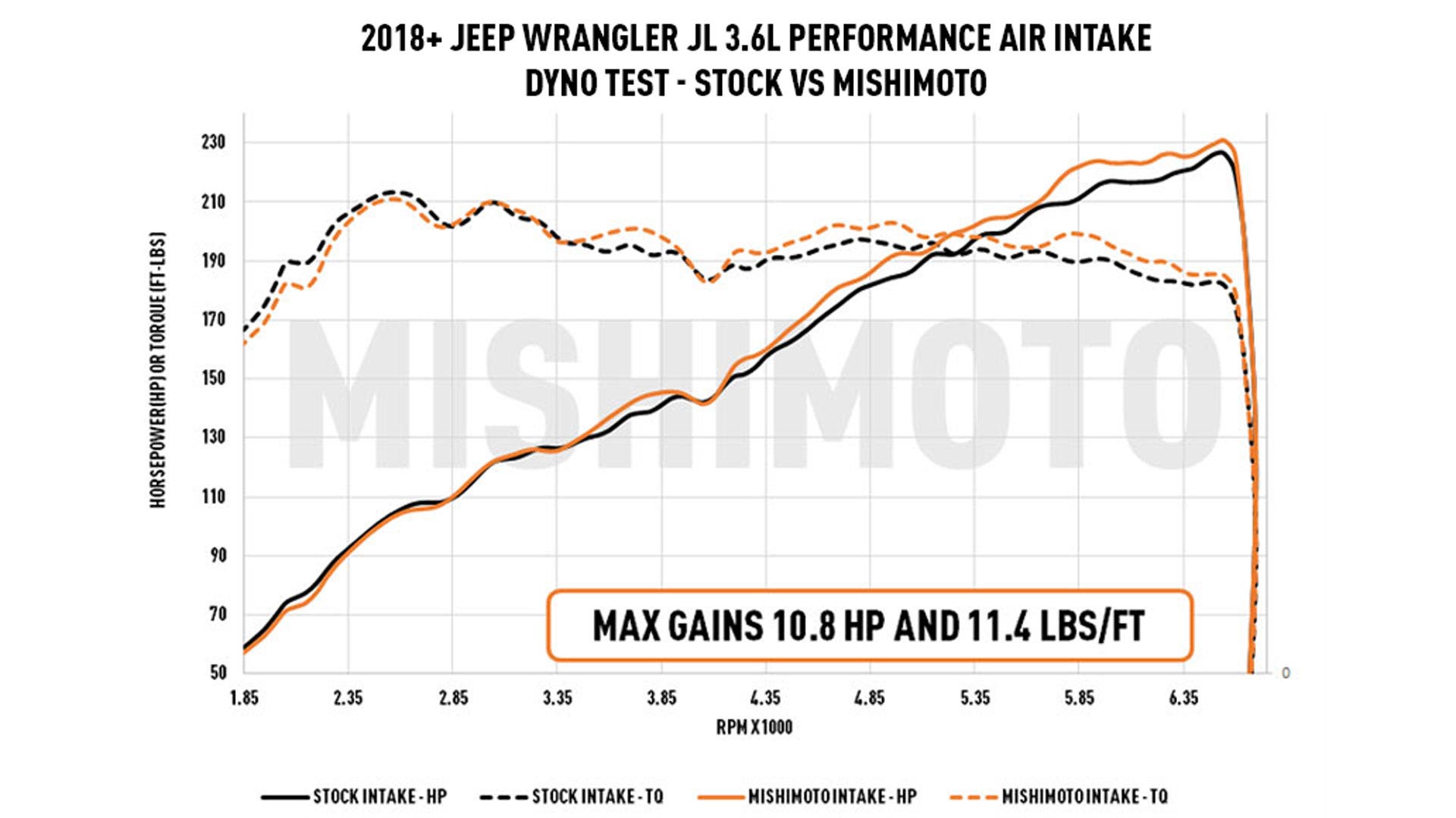
With testing complete, we're ready to kick off the pre-sale for our 2018+ Wrangler JL and 2020+ Gladiator 3.6L performance intake. It's clear from these results that the simple, naturally-aspirated 3.6L Pentastar is cable of making significant power with the right application of mods, and our intake is a great start. So, check out our website for more details and, as always, let us know what you think!
Thanks for reading,
-Steve




